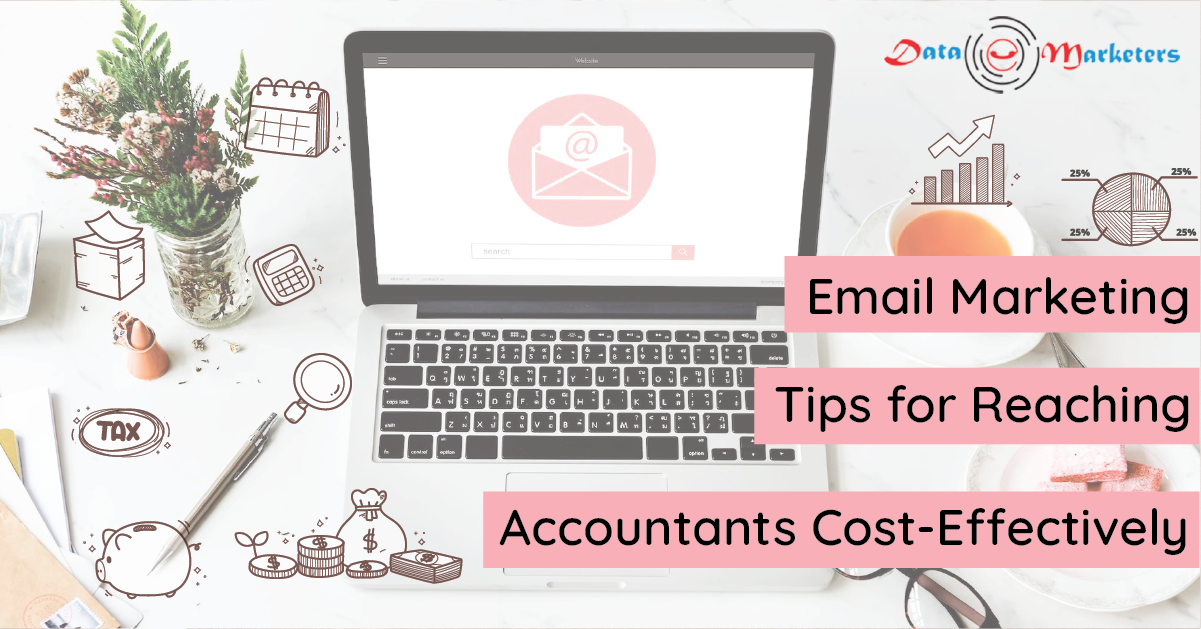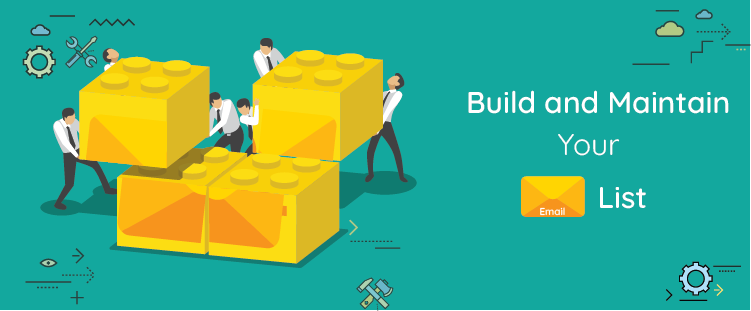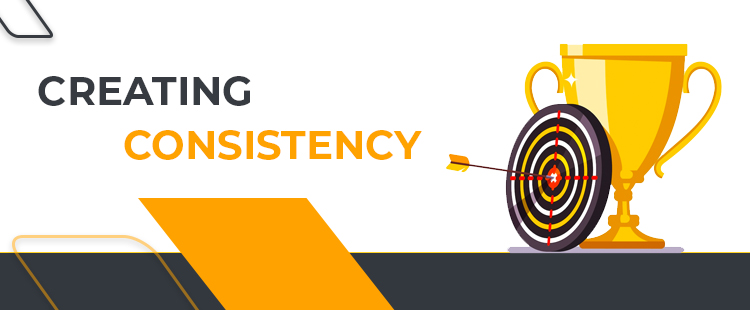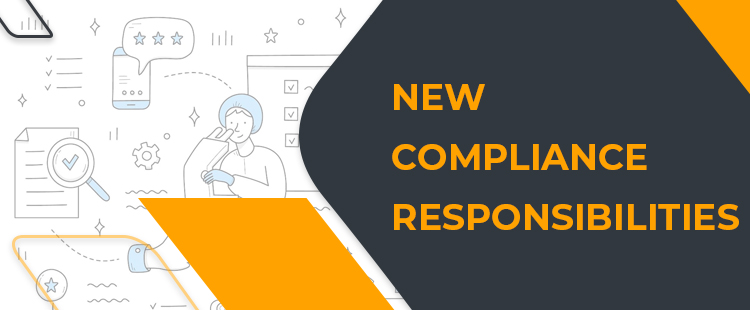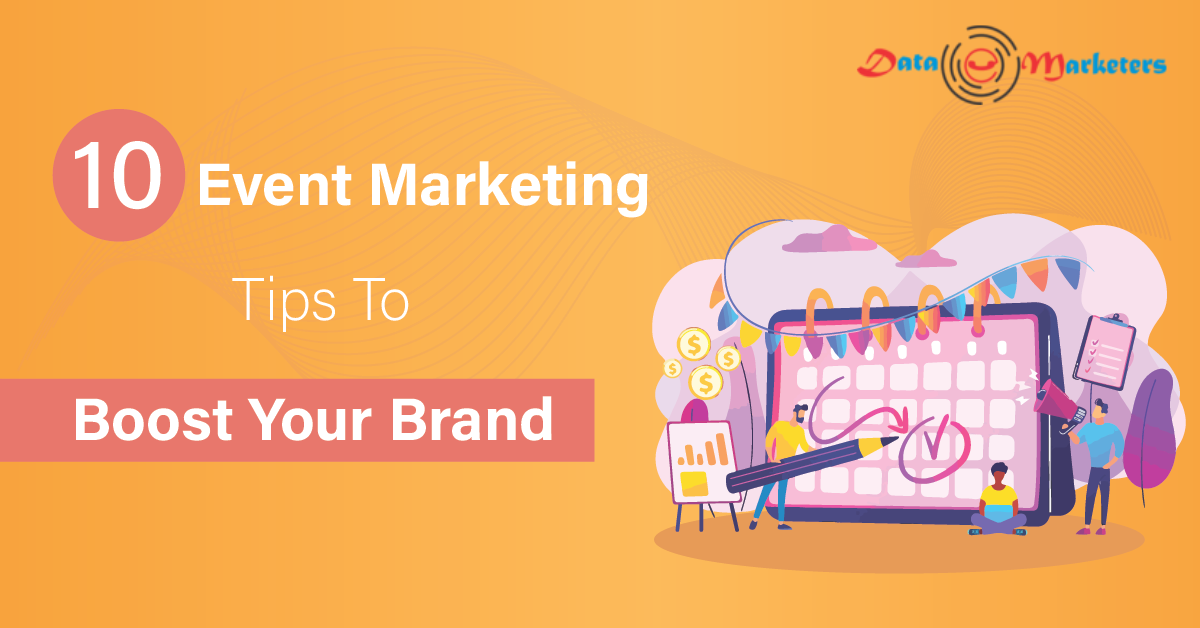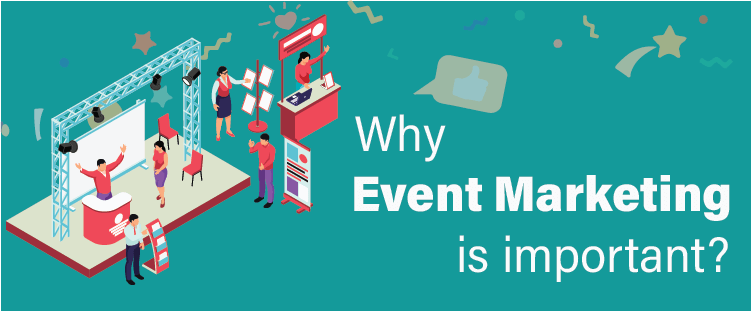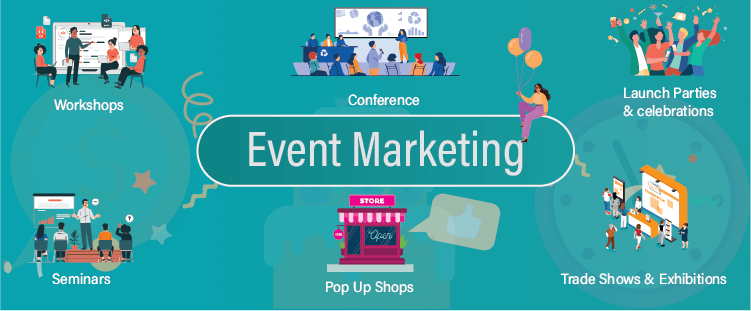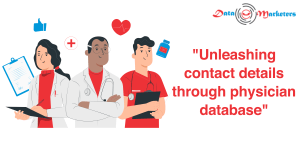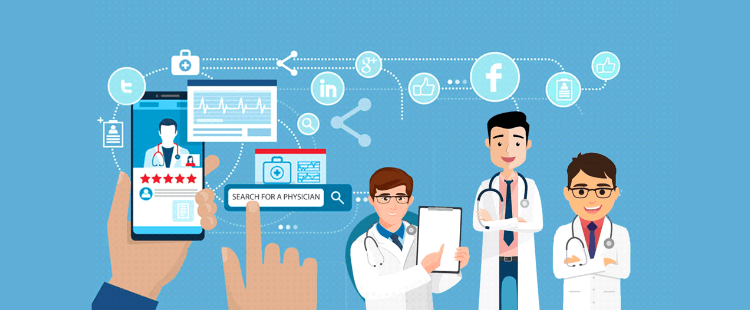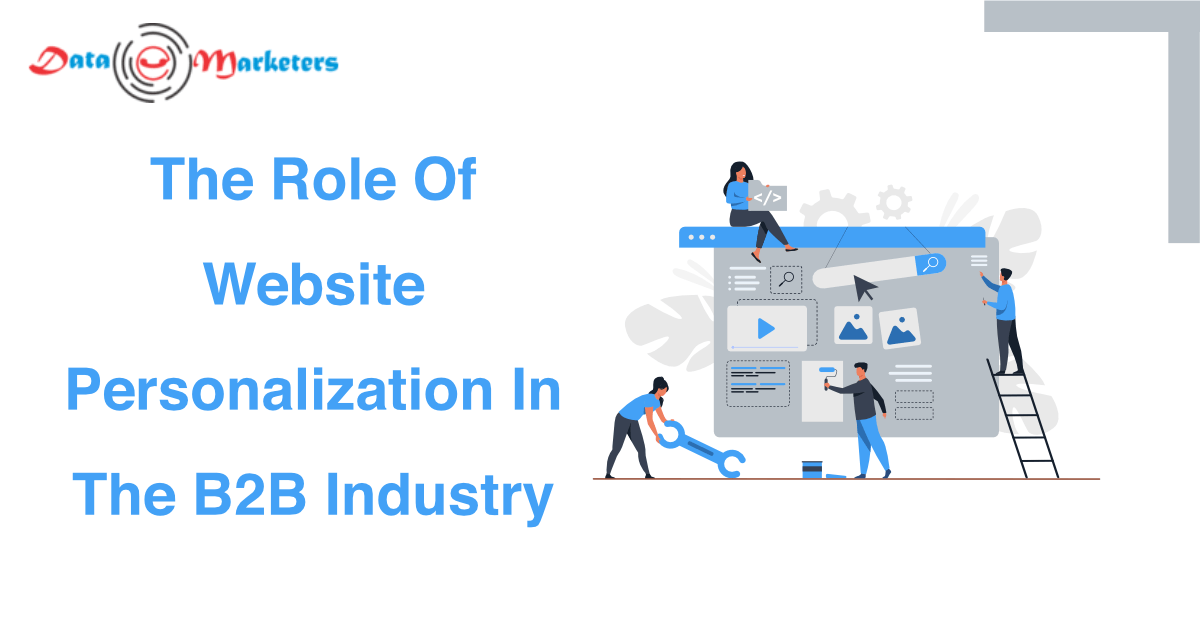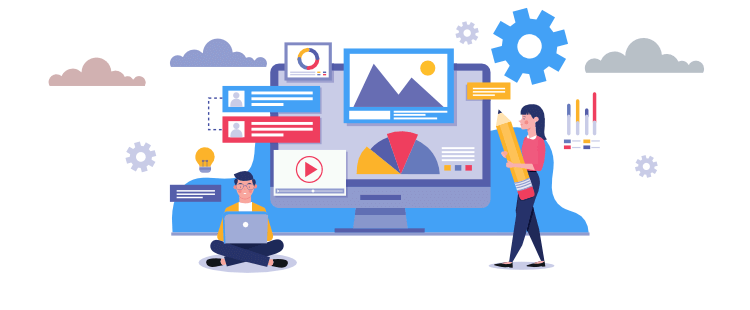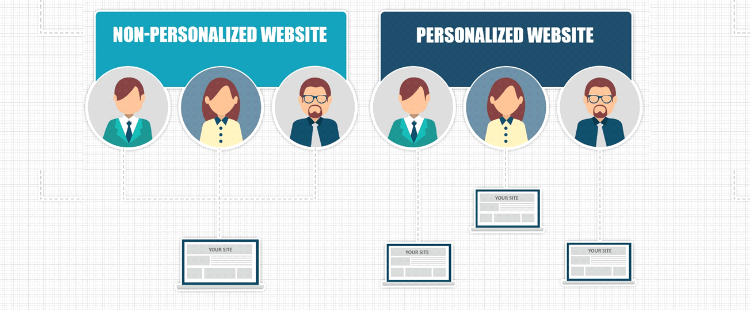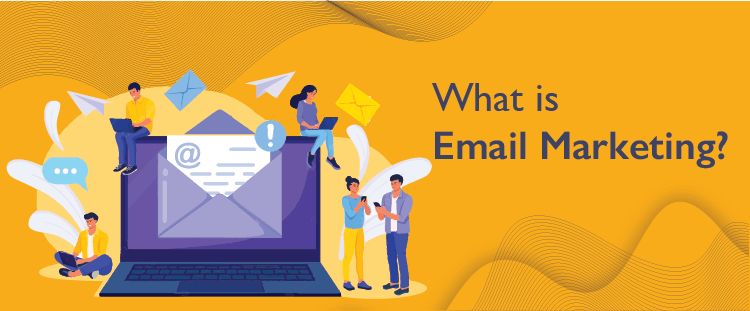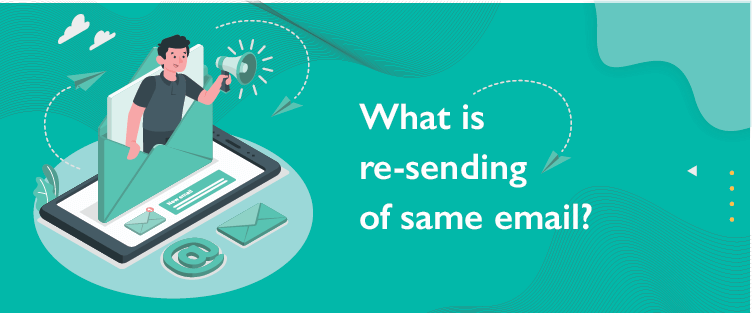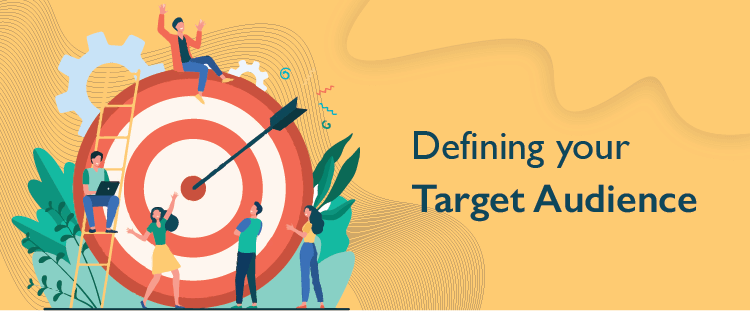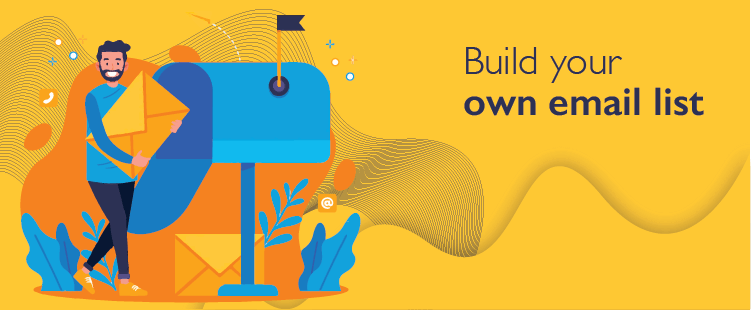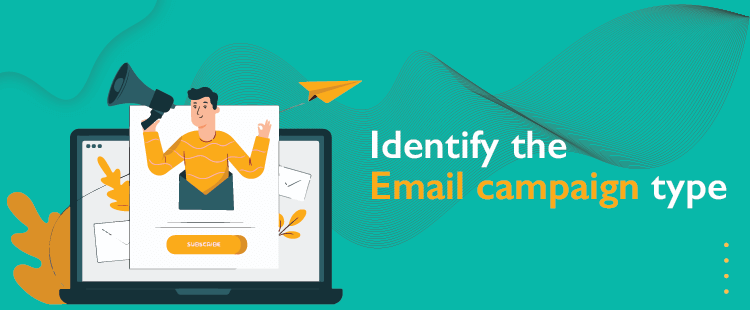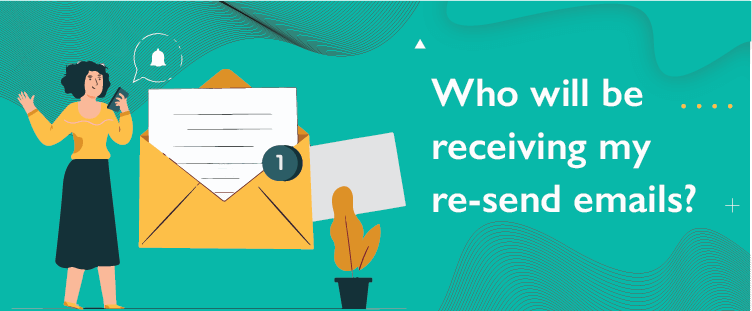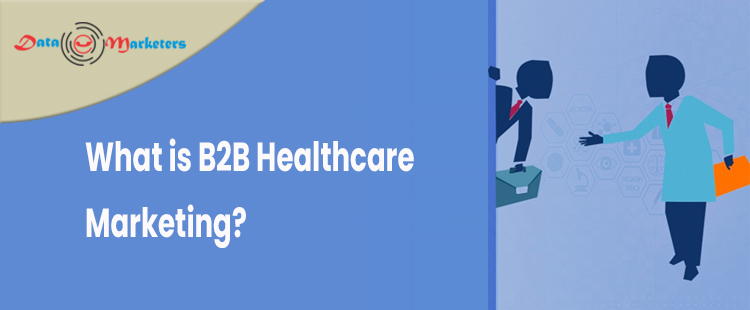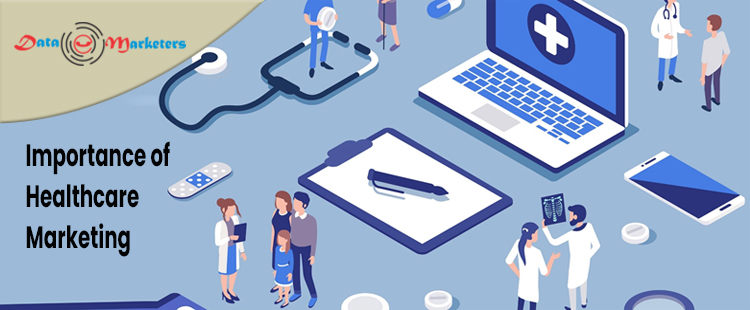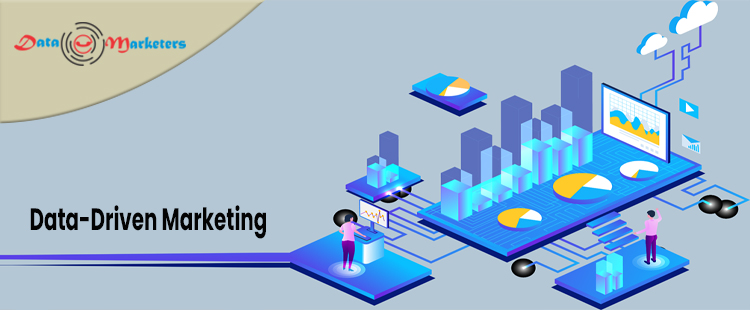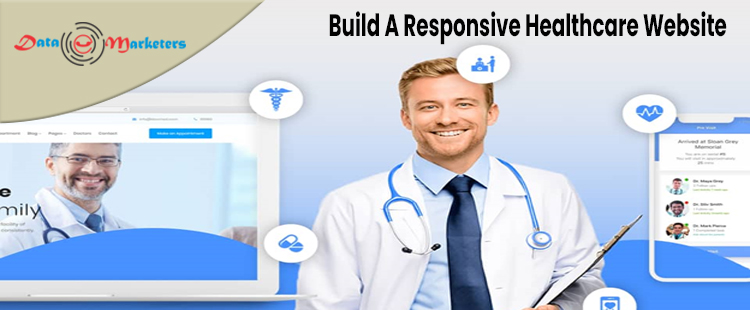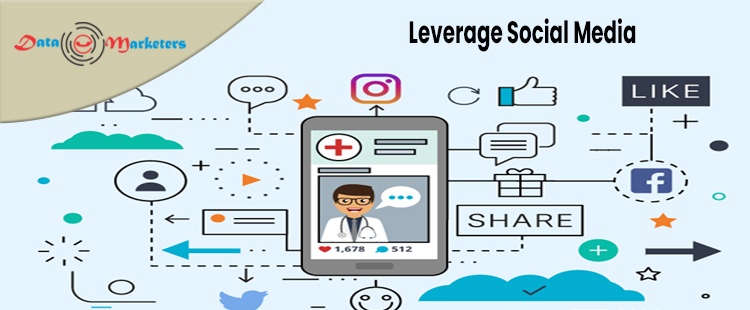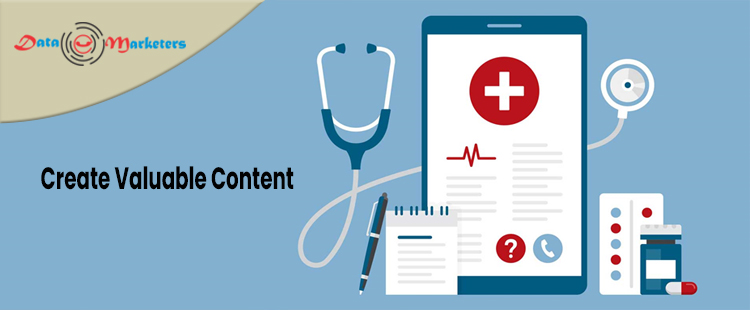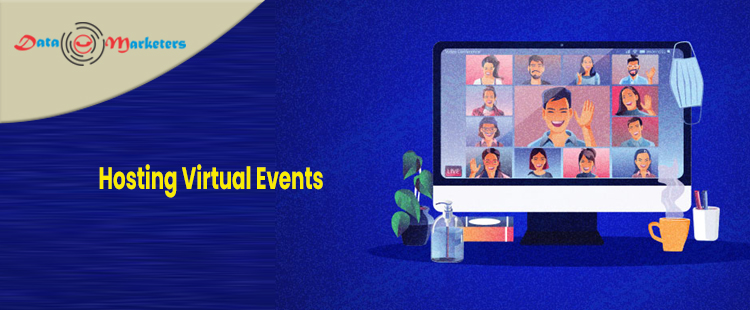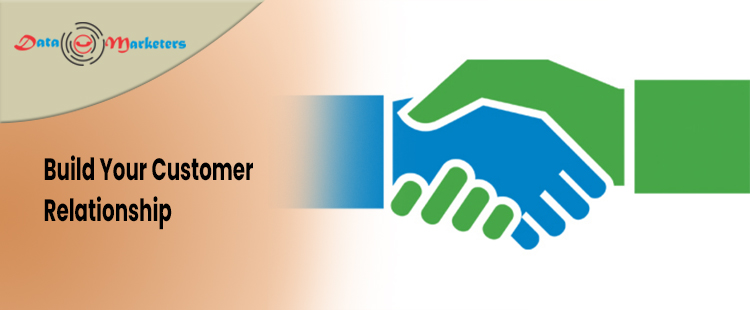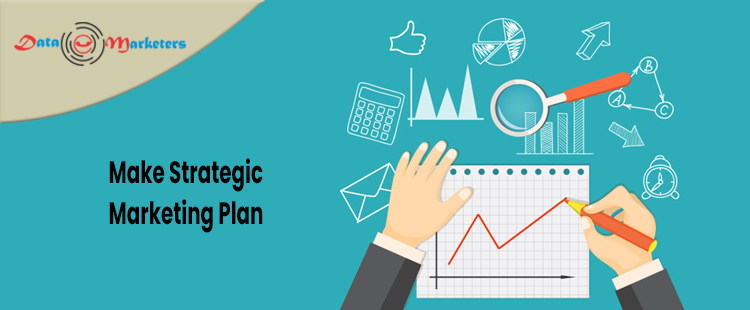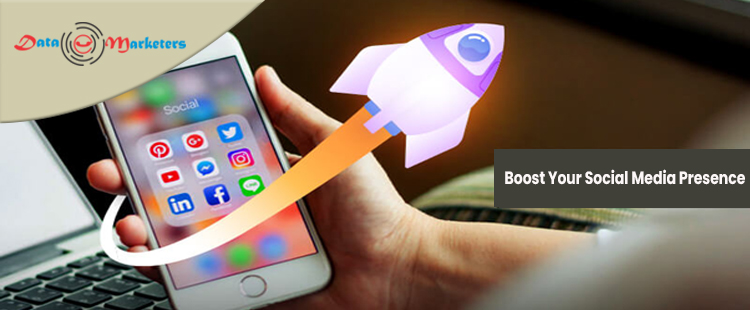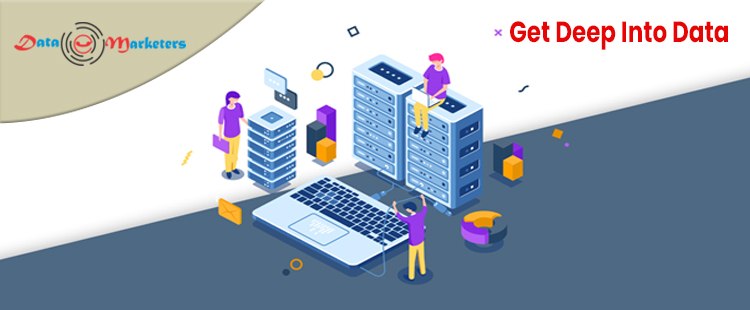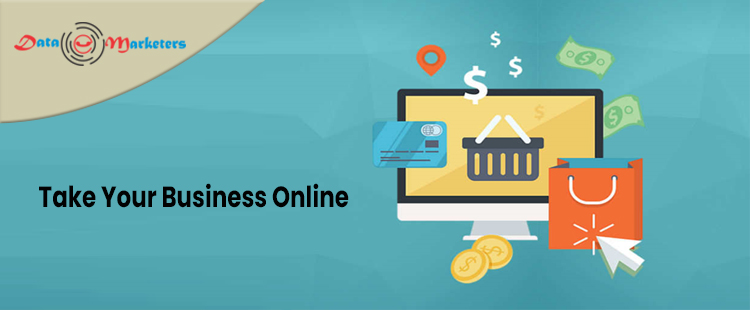Introduction to Cold Email Campaigns
Understanding Your CRM Customers
Setting Clear Objectives for Your Campaign
Crafting the Perfect Email Subject Line
Personalizing Your Email Content
Structuring an Effective Email Body
Leveraging CRM Insights to Segment Your Audience
Timing and Frequency: When to Send Your Emails
Tools and Technologies to Automate Your Campaigns
A/B Testing and Measuring Success
Handling Responses and Managing Follow-Ups
Best Practices for Avoiding Spam Filters
- Use a Reputable Email Service Provider
- Verify Email Lists
- Craft a Clear Subject Line
- Personalize Emails
- Avoid Attachments and Excessive Links
- Maintain a Good Text-to-Image Ratio
- Implement Authentication Protocols
- Include an Unsubscribe Link
- Test Emails Before Sending
- Monitor Sender Reputation
- Engage Regularly but Don’t Overwhelm
- Provide Value
Common Mistakes to Avoid in Cold Email Campaigns
Case Studies: Successful Cold Email Campaigns
Future Trends in Cold Email Marketing
Introduction to Cold Email Campaigns
A cold email campaign is an essential strategy used by businesses to reach out to potential customers who have had no prior interaction with the company. Effectively leveraging cold emails can significantly expand a business’s reach and drive engagement from untapped prospects. The primary goal of a cold email campaign is to establish a relationship, generate leads, or create brand awareness through unsolicited but relevant and personalized emails.
Cold email campaigns differ from spam in that they are well-researched, targeted, and designed to provide value to the recipient. Constructing an effective cold email campaign requires a keen understanding of the target audience and a well-crafted message that resonates with their needs.
Key Elements of Cold Email Campaigns
Target Audience Identification:
Define the ideal customer profile by considering demographic and psychographic data. Utilize CRM systems to segment potential leads based on specific criteria.
Personalization:
Employ dynamic content to address recipients by name and reference their company or industry. Highlight common challenges or goals to establish a connection.
Compelling Subject Line:
Craft concise and intriguing subject lines to capture attention. Avoid clickbait; ensure the subject line accurately reflects the email content.
Value Proposition:
Clearly articulate the value and benefits the recipient will gain. Position the message around solving a problem or fulfilling a need.
Call to Action (CTA):
Include a strong and clear CTA directing the recipient to the next step. Examples of CTAs include booking a demo, signing up for a webinar, or scheduling a call.
Follow-Up Strategy:
Implement a follow-up sequence to engage recipients who do not respond initially. Space follow-up emails appropriately to avoid overwhelming the prospect.
Best Practices for Cold Email Campaigns
Compliance: Ensure adherence to email marketing laws and best practices, including CAN-SPAM Act guidelines. Testing: Conduct A/B testing on different elements (subject lines, CTAs, content) to optimize performance. Monitoring: Track essential metrics such as open rates, response rates, and conversion rates to measure campaign success.
By adhering to these principles and focusing on customer-centric communication, businesses can successfully use cold email campaigns to reach CRM customers and foster meaningful interactions.
Understanding Your CRM Customers
To effectively reach CRM customers through cold email campaigns, it is paramount to understand who these customers are and what drives their behavior. A comprehensive understanding forms the foundation for crafting personalized and impactful email messages.
Segmentation
Segmenting CRM customers involves categorizing them based on specific criteria that are relevant to your business. Common segmentation parameters include:
Demographic Information:
Age Gender Occupation
Geographic Information:
Location Region
Behavioral Data:
Purchase history Website interaction
Psychographic Characteristics:
Interests Lifestyle Values
Data Analysis
Analyzing CRM data is critical for identifying trends and patterns in customer behavior. Utilize data analytics tools to:
Track customer engagement levels Monitor buying habits Identify peak purchasing times Evaluate customer loyalty and lifetime value
Customer Personas
Creating detailed customer personas helps in visualizing the target audience and tailoring email content more effectively. Key elements of customer personas include:
Personal Details:
Name Age Profession
Behavioral Insights:
Purchase motivations Pain points Preferred communication channels
Psychographics:
Hobbies Interests Values
Pain Points and Needs
Addressing the specific pain points and needs of CRM customers can significantly enhance email campaign performance. Identify and analyze:
Common Challenges:
Issues customers face within your industry
Desired Benefits:
Solutions customers seek Value propositions that resonate
Engagement Preferences
Understanding how your customers prefer to be engaged is vital for optimizing cold email strategies. This includes:
Preferred Communication Channels:
Email Social media Direct mail
Content Type Preferences:
Informational Promotional Educational
Timing and Frequency:
Best times to send emails Frequency that avoids email fatigue
Tools and Techniques
Employing the right tools and techniques ensures that CRM data is utilized effectively. Consider using:
CRM Software:
To manage customer relationships and interaction data
Automation Platforms:
For personalizing and scheduling email campaigns
Analytics Tools:
For measuring campaign success and customer engagement
By meticulously understanding CRM customers, businesses can tailor cold email campaigns that are more likely to capture attention, resonate with recipients, and drive action.
Setting Clear Objectives for Your Campaign
The foundation of any successful cold email campaign lies in setting clear, actionable objectives. Clear objectives provide direction, enhance focus, and ensure that each step leads closer to the predefined goals. To establish robust objectives for a cold email campaign targeting CRM customers, consider the following key elements:
Define the Target Audience:
Identify which segment of the CRM database the campaign will address. Analyze historical data to understand the preferences and behaviors of this group. Develop detailed customer personas to tailor content effectively.
Establish Measurable Goals:
Determine the desired outcomes, such as:
Increasing open rates by a certain percentage. Achieving a specific click-through rate (CTR). Generating a set number of quality leads.
Use SMART criteria (Specific, Measurable, Achievable, Relevant, Time-bound) to articulate these goals.
Clarify the Call-to-Action (CTA):
Plan the primary action you want recipients to take, whether it’s downloading a resource, scheduling a call, or signing up for a webinar. Align the CTA with the overall sales funnel and marketing strategy.
Set Timeframes and Milestones:
Outline the campaign duration with key milestones to track progress. Develop a timeline for content creation, email sends, and follow-up activities. Schedule regular reviews to assess performance and make necessary adjustments.
Budget and Resources Allocation:
Identify the budget needed for tools, content creation, and other resources. Allocate necessary resources, such as the team for content drafting, editing, and campaign management.
Compliance and Ethical Considerations:
Ensure the campaign adheres to email marketing regulations, such as GDPR or CAN-SPAM. Establish guidelines for maintaining the privacy and trust of CRM customers.
By setting clear and comprehensive objectives, a cold email campaign can operate with precise focus and efficacy, maximizing its impact on CRM customers and achieving the desired business outcomes.
Crafting the Perfect Email Subject Line
The email subject line is the first point of engagement with a potential CRM customer. Its effectiveness determines whether the email gets opened or sent straight to the trash. Here’s how to craft the perfect subject line:
Keep it Short and Sweet
Limit to 50 Characters: Aim for a concise subject line, ideally around 50 characters or fewer. Shorter subject lines are more likely to be read on mobile devices. Make Every Word Count: Use strong, impactful words that convey urgency, value, or curiosity.
Personalize Where Possible
Use the Recipient’s Name: Personalization can significantly increase open rates. Integrating the recipient’s name creates a sense of familiarity. Tailor to the Recipient’s Needs: Reference specific information relevant to the recipient. Mentioning a particular industry challenge or goal can make the subject line more intriguing.
Create a Sense of Urgency
Incorporate Time-Sensitive Language: Words like “urgent,†“limited-time,†“today only†can compel recipients to act quickly. Avoid Clickbait: It’s essential to balance urgency without misleading the recipient. Deceptive subject lines can harm credibility.
Be Clear and Specific
State the Value: What will the recipient gain by opening the email? Clearly outline the benefit or solution offered. Avoid Ambiguities: Vague subject lines can be skipped over. Specificity encourages engagement by setting clear expectations.
Include Actionable Language
Use Verbs: Action-oriented language encourages the reader to take immediate steps, such as “download,†“join,†or “explore.â€
Test Different Approaches
A/B Testing: Continuously test different subject lines to identify what resonates best with the audience. This involves altering one element (e.g., urgency, personalization) while keeping other variables constant. Monitor Metrics: Keep track of open rates and other key performance indicators to gauge effectiveness.
Avoid Certain Pitfalls
Avoid Spam Triggers: Words like “free,†“discount,†or using all caps can trigger spam filters, reducing the chances of the email reaching the inbox. Keep It Professional: While creativity is encouraged, maintaining a professional tone ensures the brand’ authenticity and trustworthiness.
By following these guidelines, businesses can create compelling email subject lines that enhance the effectiveness of their cold email campaigns, ultimately leading to better engagement with CRM customers.
Personalizing Your Email Content
To maximize the impact of cold email campaigns, personalizing content is essential. Users respond more positively to emails that resonate with their specific needs and preferences. Effective customization can significantly boost engagement and conversion rates.
Segmentation: Start by segmenting the CRM audience. Group recipients based on demographics, purchase history, behavior, or any other relevant criteria. Segmentation ensures that each group receives content tailored to their unique characteristics.
Demographics: Gender, age, location Purchase History: Frequency, recency, monetary value Behavior: Browsing patterns, email engagement, social media activity
Dynamic Content: Utilize dynamic content to further personalize emails. Incorporate placeholders that automatically populate with the recipient’s information. This approach allows for a more customized experience without manual effort.
Example: “Hi [First Name], we noticed you recently [Action]. Here are some recommendations tailored just for you.”
Personalized Subject Lines: Crafting subject lines that include the recipient’s name or specific details can significantly increase open rates. Personalized subject lines appear more relevant and urgent, capturing the recipient’s attention immediately.
Behavioral Triggers: Implement behavioral triggers that send automated emails based on recipient actions. For instance, if a user abandons a shopping cart, trigger an email with a reminder and possibly an incentive to complete the purchase.
Content Relevance: Ensure the email content addresses the recipient’s pain points or interests. Product recommendations should reflect previous purchases or shown interest. Case studies, testimonials, and industry news relevant to the recipient can also be effective.
A/B Testing: Conduct A/B tests on different elements of the email to determine what resonates best with various segments. Test subject lines, body content, call to actions (CTAs), images, and offer types. Analyze the results to optimize future campaigns.
Feedback Loop: Use feedback from previous campaigns to refine personalization strategies. Monitor metrics such as open rates, click-through rates, and conversion rates. Collect qualitative feedback when possible to gain deeper insights into recipient preferences.
Responsive Design: Ensure the email design is responsive and accessible on all devices. Personalization can be ineffective if the content is not optimized for mobile viewing, given the high percentage of users who check emails on their phones.
By adhering to these personalization techniques, businesses can create compelling and relevant email content that enhances the user experience and drives results. Taking a methodical approach to personalization ensures that each email touches base with the recipient on a meaningful level, promoting better engagement and fostering stronger relationships.
Structuring an Effective Email Body
To engage CRM customers successfully, it is crucial to structure the email body effectively. Each component must be precise, relevant, and compelling to persuade the recipient to respond positively.
Opening Line: Begin with a personalized greeting. Use the recipient’s name to establish a connection. For example, “Dear [First Name],†or “Hi [First Name],â€.
Introduction: Introduce yourself and the purpose of the email succinctly. Mention how the sender acquired the recipient’s contact information to build trust. For instance, “I am [Your Name], and I am reaching out after seeing your profile on [Source].”
Value Proposition: Clearly state the value the recipient will gain. Highlight the benefits and the unique selling points (USPs) concisely. For instance, “Our CRM tool can help you streamline your processes, saving you up to 20% more time.â€
Body Content: Maintain an engaging and informative tone throughout. Break down critical points using bullet points or numbered lists for readability. Explain the features, benefits, and any relevant data or statistics that support your claims. Examples:
Feature 1: Enhanced user interface for better usability. Benefit 1: Increases user productivity by 15%. Data: “93% customer satisfaction rate.â€
Social Proof: Include testimonials, case studies, or relevant endorsements to build credibility. A short, impactful testimonial example might be:
“Our productivity improved by 30% after implementing this CRM – [Company Name].”
Call to Action (CTA): The CTA should be clear and compelling. It should motivate the reader to take the desired action, such as scheduling a demo, signing up for a newsletter, or visiting a specific webpage. Use action-oriented language, e.g., “Schedule a free demo today!â€
Closing: Ending the email politely yet firmly reinforces professionalism. Include any necessary contact information, and express willingness to provide further details. An example closing: “Looking forward to hearing from you. Best regards, [Your Name] [Contact Information]â€.
Signature: A professional signature with your name, position, company, contact number, and social media links adds legitimacy and facilitates easier follow-up.
Incorporating these elements will maximize the email’s impact, ensuring that every part serves a purpose in guiding the recipient toward the intended action. Each component is vital to maintaining engagement and enhancing overall email effectiveness.
Leveraging CRM Insights to Segment Your Audience
Identifying and segmenting the audience makes cold email campaigns more effective. CRM systems house vital information that can be used to categorize contacts. Here are steps to leverage CRM insights for audience segmentation:
Understanding CRM Data
CRM systems store various types of data:
Demographic Data: Age, gender, job title, industry. Behavioral Data: Purchase history, website visits, email interactions. Engagement Data: Response rates, click-through rates, open rates.
Segmenting the Audience
Effective segmentation requires defining clear criteria. Utilize CRM data to create distinct segments:
Demographic Segmentation
Create segments based on job roles, industries, and company sizes.
Behavioral Segmentation
Identify segments by customer behavior such as purchase history or interaction with previous emails.
Engagement Segmentation
Segment by engagement levels—frequent responders versus non-responders.
Steps to Segmenting Your Audience
Collect and Clean Data
Ensure data is accurate and up-to-date. Remove duplicates and validate contact details.
Analyze and Identify Trends
Use CRM analytics to identify patterns and trends. Focus on significant data points relevant to the campaign goals.
Create Detailed Personas
Develop detailed buyer personas for each segment. Include pain points, goals, and typical behaviors.
Tailor Messaging
Customize email content to address the specific needs and preferences of each segment. Use personalized subject lines and offers for higher engagement.
Tools and Techniques
Utilize CRM features and third-party tools:
Segmentation Tools within CRM: Many CRM systems have built-in segmentation features. Advanced Analytics Tools: Use tools like Google Analytics to enhance segmentation efforts. Automation Tools: Employ tools that automate the process of data collection, analysis, and segmentation.
By effectively leveraging CRM insights, businesses can ensure that their cold email campaigns are highly targeted, personalized, and timely. The meticulous segmentation process plays a pivotal role in enhancing engagement rates and reaching desired outcomes.
Timing and Frequency: When to Send Your Emails
To maximize the effectiveness of cold email campaigns, businesses must meticulously consider timing and frequency. These factors significantly impact open rates and engagement levels.
Best Days to Send Emails
Tuesday
Industry data frequently suggests that Tuesday is optimal because recipients are catching up on work without the Monday overload.
Thursday
As the week progresses, Thursday stands out for user engagement, since it’s before the weekend distractions begin.
Wednesday
Midweek provides a balance, catching recipients when they are settled into their work routines.
Best Times to Send Emails
Early Morning (8-9 AM)
People often check emails first thing in the morning when arriving at work.
Late Morning (10-11 AM)
By late morning, recipients have likely cleared early tasks and are open to new emails.
Early Afternoon (1-3 PM)
After lunch, employees may browse their emails during a productive segment of their day.
Avoid Sending Emails
Monday Mornings
Employees tend to clear weekend buildup, leading to lower engagement.
Friday Afternoons
Recipients often prepare for the weekend or leave work early, reducing open rates.
Frequency of Emails
Initial Email:
Send an engaging, personalized introduction.
Follow-up Email:
Send the first follow-up after 3-5 days. A quick follow-up shows enthusiasm without seeming aggressive.
Subsequent Follow-ups:
Space these out by 7-10 days each. Persistence is key but avoid overwhelming the recipient.
Optimizing Send Times by Audience
B2B Audience:
Adapt to typical business hours for these recipients.
B2C Audience:
Evenings and weekends might provide better engagement as consumers may have more free time.
Tools and Analytics
Utilize CRM tools and email marketing platforms to analyze previous campaigns.
A/B Testing:
– Conduct A/B tests to assess which times and days resulted in higher open rates.
Performance Metrics:
– Track engagement metrics such as open rates, click-through rates, and response times to fine-tune future campaigns.
Adapting timing and frequency based on audience behavior and industry insights is essential for the success of a cold email campaign.
Tools and Technologies to Automate Your Campaigns
A robust suite of tools and technologies can significantly enhance the effectiveness of cold email campaigns. Implementing the right tools simplifies campaign management, optimizes deliverability, and increases engagement rates. Here are some essential categories and tools that can streamline your campaign:
Email Marketing Automation Platforms
Automation platforms are paramount for managing large-scale email campaigns. Key features include personalization, scheduling, and analytics.
Mailchimp SendinBlue HubSpot
Customer Relationship Management (CRM) Integration
Integrate your email campaigns with CRM systems to sync contact data and track interactions seamlessly.
Salesforce Zoho CRM Pipedrive
Email Verification Tools
To maintain a high sender reputation and improve deliverability, it’s crucial to clean your email list periodically.
ZeroBounce NeverBounce Hunter.io
Personalization and Dynamic Content
Personalizing emails can significantly improve open and response rates. Utilize tools that allow for dynamic content based on user behavior.
Personalize RightMessage Knak
Tracking and Analytics
Measure the success of your campaigns through opens, clicks, and conversions to refine your strategy continuously.
Google Analytics Mixpanel Litmus
A/B Testing Tools
Optimize subject lines, content, and calls to action by running A/B tests to determine what resonates best with your audience.
Optimizely VWO Mailchimp A/B Testing
Anti-Spam Compliance Tools
Ensure compliance with anti-spam laws like GDPR, CAN-SPAM, and CCPA by incorporating tools that manage consents and unsubscribe requests.
DataGrail OneTrust TrustArc
Workflow Automation
Simplify repetitive tasks like follow-ups and engagement tracking with workflow automation tools.
Zapier Integromat Automate.io
Template and Design Tools
Save time and enhance campaign visuals with ready-made templates and design tools that offer drag-and-drop functionality.
Stripo BEE Free Canva
By leveraging these tools and technologies, campaign managers have a greater opportunity to not only reach but genuinely engage CRM customers, thereby optimizing overall results and return on investment.
A/B Testing and Measuring Success
A/B testing, also known as split testing, is an essential technique for improving cold email campaigns aimed at reaching CRM customers. By comparing two versions of an email to determine which one performs better, marketers can optimize their messaging and design for maximum impact. Here’s a detailed process on how to execute A/B testing and measure success effectively.
Setting Up A/B Tests
Identify Goals: Determine what you want to achieve with your cold email campaign. Common goals include increasing open rates, click-through rates, and conversions. Select Variables to Test: Choose elements within your email to test. These could include subject lines, email copy, call-to-action buttons, images, or sending times. Create Variations: Develop two or more versions of the email with slight differences based on the selected variables. Ensure changes are limited to one variable per test to isolate its impact. Segment Your Audience: Divide your target list into equally sized segments. Ensure each segment is similar in characteristics to avoid skewing results.
Running the A/B Test
Distribute Emails: Send out the different versions of your email to the segmented audience simultaneously to control for time-based factors. Monitor Performance: Use CRM analytics tools to track email performance. Key metrics to watch include open rates, click-through rates, and conversion rates. Collect Data: Gather quantitative data on how each version performed. This will provide insights into which version resonated more with the audience.
Analyzing Results
Compare Metrics: Evaluate the collected data to compare the performance of different email versions. Focus on the key metrics identified at the goal-setting stage. Determine Statistical Significance: Ensure that the results are statistically significant by using tools or formulas that calculate the probability that your results are due to chance. Draw Conclusions: Decide which email version was more effective in achieving the set goals. Use these findings to inform future email campaigns.
Iterating and Refining
Implement Winning Elements: Integrate the successful elements from the A/B test into your standard email templates. Continued Testing: A/B testing should be an ongoing process. Regularly test new variables to continually optimize and fine-tune your email campaigns. Feedback Loop: Collect feedback from CRM customers to gain qualitative insights, complementing quantitative data, thus providing a holistic view of email performance.
Employing A/B testing will not only enhance immediate campaign effectiveness but also contribute to long-term improvements in customer engagement and conversion rates. Marketers should view it as an integral part of their email marketing strategy.
Handling Responses and Managing Follow-Ups
Handling responses and managing follow-ups in cold email campaigns involves several strategic actions to ensure maximum engagement and conversion rates.
Response Management
Categorize Responses:
Positive replies: Interested in the product/service, schedule calls or meetings. Neutral replies: Requests for more information or clarification. Negative replies: Not interested or opting out.
Prompt Responses:
Respond within 24 hours to keep prospects engaged. Personalize responses to show attentiveness and understanding of their needs.
Use of CRM:
Track all communications within the CRM system. Tag and note specific information about the respondent’s needs and status.
Follow-Up Strategy
Segment Follow-Ups:
Prioritize based on the level of interest indicated. Use tailored messaging for each segment based on prior interactions.
Timing and Frequency:
Schedule follow-ups at critical intervals, such as 3 days, 7 days, and 14 days. Avoid overwhelming prospects with too frequent emails.
Content of Follow-Ups:
Provide value by including additional resources, case studies, or testimonials. Address any previous questions or concerns they had.
Automation and Personal Touch
Automated Follow-Ups:
Utilize CRM tools for setting automated follow-up emails. Ensure automation does not compromise personalization.
Personalized Outreach:
Reference previous interactions to keep continuity and relevance. Use the recipient’s name and mention specific interests or queries addressed.
Monitoring and Adjusting
Analytics Review:
Track open rates, response rates, and conversion rates. Identify which follow-up tactics yield the best results.
Feedback Loop:
Regularly solicit feedback and adapt the strategy based on responses. Continuously improve the approach by learning from successful and unsuccessful engagements.
CRM Update:
Keep the CRM updated with all interactions. Ensure no follow-ups are missed due to lack of information.
A systematic approach to managing responses and follow-ups can greatly enhance the efficacy of cold email campaigns. Utilize the data and insights from each interaction to refine strategies continuously.
Best Practices for Avoiding Spam Filters
To ensure that cold emails reach the intended CRM customers, adhering to industry best practices is essential.
1. Use a Reputable Email Service Provider
Selecting a reputable email service provider (ESP) is crucial. Reputable ESPs have established relationships with internet service providers (ISPs) and maintain high deliverability rates.
2. Verify Email Lists
Always use clean and verified email lists. Regularly update and clean the lists to remove invalid or non-engaging email addresses.
3. Craft a Clear Subject Line
A clear and precise subject line helps improve open rates. Avoid using all caps, excessive exclamation marks, or spammy words like “free,” “guarantee,” and “urgent.”
4. Personalize Emails
Personalization increases engagement. Address the recipient by name and tailor content to their specific interests or behaviors.
5. Avoid Attachments and Excessive Links
Attachments can trigger spam filters. Instead, include links to a landing page or website. Limit the number of links to 1-2 per email.
6. Maintain a Good Text-to-Image Ratio
Emails comprised entirely of images may be flagged as spam. Maintain a balanced text-to-image ratio, ideally 60% text and 40% images.
7. Implement Authentication Protocols
Authenticate the sending domain with protocols like SPF, DKIM, and DMARC. These protocols verify the sender’s identity and help avoid being flagged as spam.
8. Include an Unsubscribe Link
An unsubscribe link is not only a legal requirement but also a good practice. It ensures recipients who no longer wish to receive emails can easily opt-out.
9. Test Emails Before Sending
Use spam-checking tools to test emails before sending. These tools analyze the email content and suggest improvements to avoid spam filters.
10. Monitor Sender Reputation
Regularly check the sender’s reputation score. High bounce rates, complaints, or sending to spam traps can negatively impact reputation. Tools like Sender Score can provide valuable insights.
11. Engage Regularly but Don’t Overwhelm
Sending too many emails can lead to high unsubscribe rates and complaints. Find a balance to maintain engagement without overwhelming the recipients.
12. Provide Value
Ensure each email offers valuable content to the recipient. Whether it’s informative, educational, or promotional, the email should provide something of interest.
Consistency in following these best practices will help maximize deliverability and ensure cold emails reach CRM customers effectively.
Common Mistakes to Avoid in Cold Email Campaigns
Embarking on a cold email campaign requires precision and attention to detail. Avoiding common mistakes can significantly improve engagement and conversion rates.
Lack of Personalization: Failing to customize emails can make them appear generic and unimportant. Personalizing emails by using the recipient’s name and referencing their specific needs can make a significant difference.
Weak Subject Lines: The subject line is the first thing a recipient sees. Weak or misleading subject lines can lead to low open rates. Crafting compelling, relevant subject lines is crucial for grabbing attention.
Overlooking the Target Audience: Not understanding the target audience leads to irrelevant content. Segmentation and analysis are essential for ensuring that the email resonates with the recipient’s interests and pain points.
Unclear Call to Action (CTA): Emails without a clear CTA can confuse recipients. It is critical to include a CTA that is direct and easy to understand, guiding the recipient on what to do next.
Sending at the Wrong Time: Timing can significantly impact open rates. Sending emails when recipients are unlikely to check their inbox can result in low engagement. Analyzing the optimal times for sending emails to the target audience is vital.
Ignoring Mobile Optimization: Many people check emails on mobile devices. Emails that are not optimized for mobile can lead to a poor user experience. Ensuring that the email format is mobile-friendly is essential.
Overloading with Information: Including too much information can overwhelm the recipient. Emails should be concise and to the point, providing just enough information to spark interest and prompt further action.
Failing to Follow Up: One email is often not enough. Without a follow-up strategy, potential opportunities may be lost. Automated follow-up sequences can help in maintaining engagement.
Neglecting Compliance with Laws: Ignoring CAN-SPAM Act and GDPR requirements can lead to legal issues. Ensuring that all emails comply with legal standards is mandatory.
Lack of A/B Testing: Not testing different elements of the email can result in subpar performance. A/B testing subject lines, CTAs, and email content can provide insights into what works best.
Avoiding these common mistakes can enhance the effectiveness of cold email campaigns, leading to higher engagement and better conversion rates.
Case Studies: Successful Cold Email Campaigns
Case Study 1: SaaS Solution Provider
A leading SaaS solution provider aimed to increase their client base by targeting mid-sized enterprises. They employed a highly personalized approach in their cold email campaign.
Objective: Increase enterprise client acquisition. Strategy:
Segmentation: Created detailed segments based on company size and industry. Personalization: Used the company’s CRM data to personalize each email with recipient-specific information. Subject Lines: Crafted compelling subject lines highlighting specific pain points. Follow-ups: Deployed a systematic follow-up sequence to re-engage non-responsive leads.
Results:
Open Rate: 35% Response Rate: 15% Conversion Rate: 8%
Case Study 2: E-commerce Platform
An emerging e-commerce platform focused on fashion and accessories aimed at increasing vendor sign-ups through a targeted cold email campaign.
Objective: Boost vendor registrations on the platform. Strategy:
Data Enrichment: Leveraged in-depth market research to identify potential vendors. Content: Highlighted the platform’s unique features and success stories of current vendors. Timing: Sent emails during peak business hours to maximize open rates. A/B Testing: Tested different email formats and messaging to optimize performance.
Results:
Open Rate: 42% Response Rate: 18% Conversion Rate: 10%
Case Study 3: B2B Hardware Supplier
A well-established B2B hardware supplier sought to broaden their customer base to include more international clients through a cold email initiative.
Objective: Expand international customer base. Strategy:
Localization: Localized email content to cater to different regional markets. Trust Building: Incorporated client testimonials and case studies relevant to each region. Call to Action: Clearly defined actions to book a demo or request a catalog. Analytics: Continuously monitored analytics to adjust and improve campaign assets.
Results:
Open Rate: 40% Response Rate: 20% Conversion Rate: 12%
Lessons Learned
Segmentation and Personalization: Essential for higher engagement and conversion rates.
Compelling Subject Lines: Drives higher open rates.
Consistent Follow-ups: Critical for re-engaging potential leads.
Data-Driven Adjustments: Monitoring and adaptation based on analytics are crucial for optimal performance.
Future Trends in Cold Email Marketing
The landscape of cold email marketing continues to evolve, driven by advancements in technology and changing consumer behavior. To stay competitive, businesses must keep a pulse on emerging trends.
AI and Automation
Personalization at Scale: Artificial Intelligence (AI) enables businesses to create highly personalized emails without manual effort. AI algorithms analyze CRM data to segment audiences and tailor messages. Automated Follow-Ups: Automation tools can schedule follow-up emails based on user behavior, increasing engagement and conversion rates. Predictive Analytics: Predictive algorithms allow marketers to anticipate customer responses and optimize email content and timing.
Interactive Content
Embedded Surveys and Polls: Incorporating surveys directly into emails can increase interactivity and provide immediate feedback. Dynamic Product Recommendations: Using CRM data, businesses can include live updates of product recommendations that change based on user interactions. Gamification: Adding game-like elements, such as quizzes or challenges, can boost user engagement and retention.
Changes in Privacy Regulations
GDPR and CCPA Compliance: Stricter data protection laws require businesses to prioritize data privacy. Compliance involves obtaining explicit consent and providing clear opt-out options. Transparency and Trust: Transparency in data usage builds trust. Customers are more likely to engage with businesses that are open about how their information is used.
Advanced Segmentation
Behavioral Targeting: Analyzing customer behaviors to create specific, targeted email campaigns. Lifecycle Stages: Tailoring email strategies to the different stages of the customer lifecycle, from onboarding to re-engagement. Micro-Segmentation: Creating hyper-specific audience segments for more precise targeting and improved relevance.
Enhanced Analytics
Real-Time Metrics: Real-time tracking and reporting enable immediate adjustments to email campaigns, optimizing performance. Advanced KPIs: Beyond open and click-through rates, businesses are focusing on metrics like customer lifetime value (CLV) and return on investment (ROI) from email campaigns. A/B Testing: Advanced A/B testing methods are being used to refine every element of cold email campaigns, from subject lines to call-to-action buttons.
Integration with Omnichannel Strategies
Unified Customer Experience: Integrating cold email campaigns with other channels (social, SMS) for a seamless customer experience. Cross-Channel Data Sharing: Leveraging CRM systems that integrate data from multiple channels to inform email strategies.
As these trends continue to develop, businesses in cold email marketing must remain agile, adopting new tools and strategies to enhance their campaigns’ effectiveness.
Conclusion: Key Takeaways and Next Steps
A well-executed cold email campaign can be a valuable strategy for reaching CRM customers effectively. Here are the key takeaways and recommended next steps to optimize such campaigns:
Key Takeaways
Targeted Contact List:
Ensure the contact list is current and targeted. Implement segmentation to tailor messages to specific audience groups.
Personalization:
Customize emails based on customer data. Use the recipient’s name and reference relevant information.
Compelling Subject Lines:
Craft intriguing and concise subject lines. Avoid spammy words to improve open rates.
Value Proposition:
Clearly articulate what benefits the recipient will get. Align the value proposition with the recipient’s needs.
Clear Call-to-Actions (CTAs):
Use specific and actionable CTAs. Ensure CTAs are easily identifiable and compelling.
Follow-Up Strategy:
Develop a structured follow-up process. Be consistent but respect boundaries, avoiding overcommunication.
A/B Testing:
Conduct A/B testing on various elements such as subject lines and email content. Use insights from the tests to refine future campaigns.
Compliance:
Adhere to regulations such as CAN-SPAM and GDPR. Include unsubscribe options and respect customer preferences.
Next Steps
Audit Current Contact List:
Review and clean the CRM contact list. Segment based on demographics, behaviors, and past interactions.
Develop Email Templates:
Create versatile templates for different segments and purposes. Implement personalization tokens.
Set Up Tracking & Analytics:
Utilize tools to monitor email open rates, click-through rates, and conversions. Analyze performance reports to identify improvement areas.
Implement Automation:
Use CRM and email marketing tools to automate follow-ups. Streamline processes to ensure timely communication.
Gather Feedback:
Collect feedback from recipients to gauge email effectiveness. Adjust strategies based on feedback and performance data.
By adhering to these key principles and strategically planning the next steps, an organization can significantly enhance their cold email campaigns’ effectiveness, ultimately fostering better engagement and conversion rates among CRM customers.



